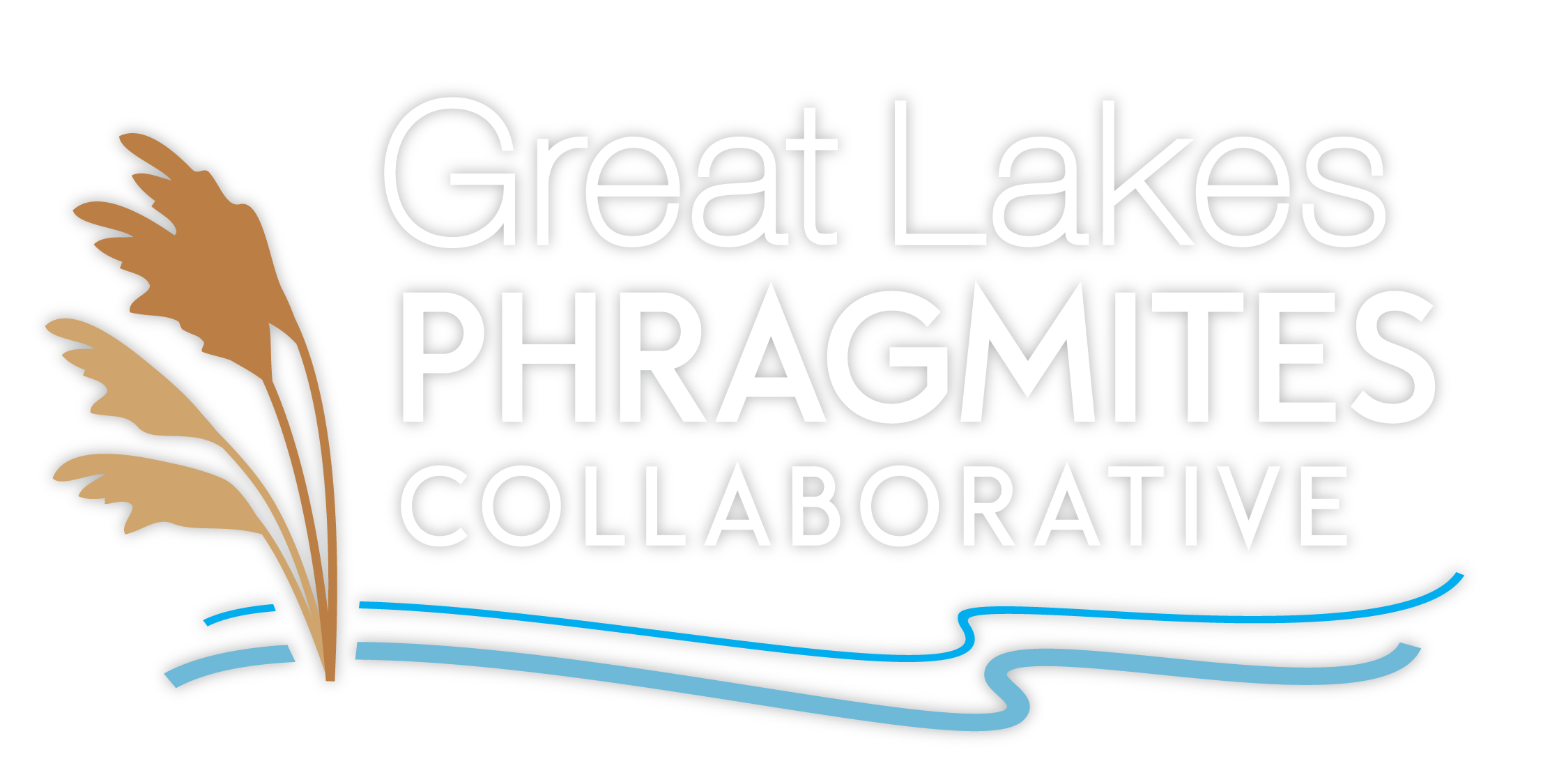by Samantha Tank | May 17, 2017 | Blog
This week at the International Association of Great Lakes Research (IAGLR) conference, researchers from the United States and Canada will host a session focused on invasive Phragmites. The session spans two days and will feature presentations on collaborative... Continue Reading
Filed under: Conference IAGLR Research
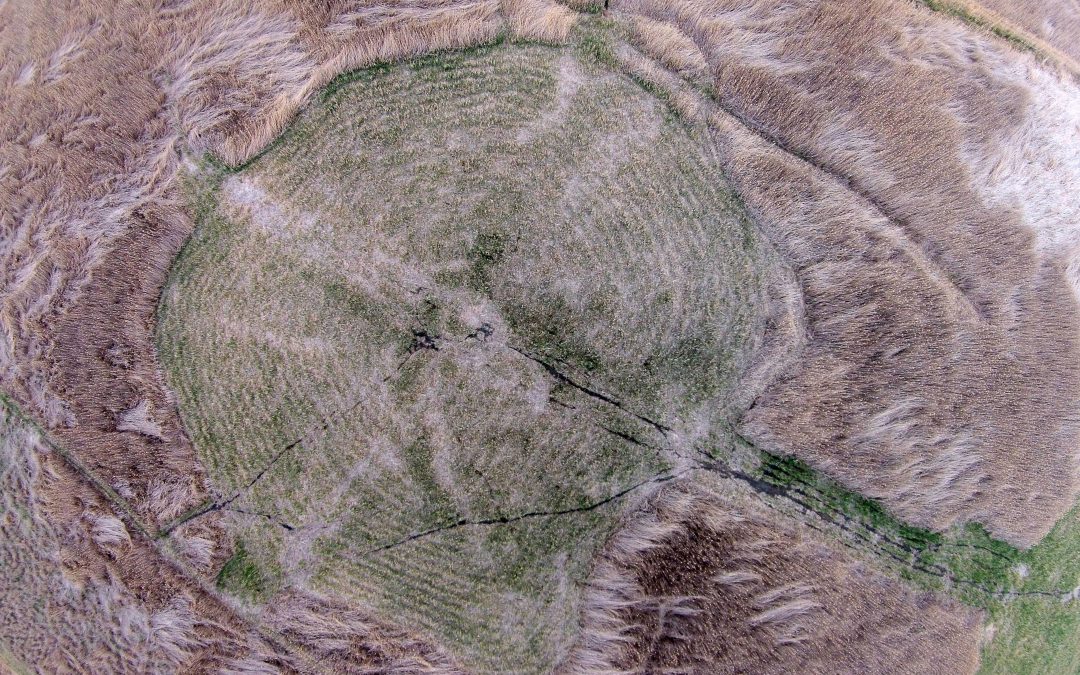
by boxcar-admin | Jul 27, 2016 | Blog, Current Research, News
July 27, 2016Story and photos by Becka Downard, Utah State University. SummaryThis case study takes us outside of the Great Lakes region to explore an unusual Phragmites management technique. Becka Downard is a PhD student who studies Great Salt Lake wetlands, and... Continue Reading
Filed under: Drone Grazing Research wetlands
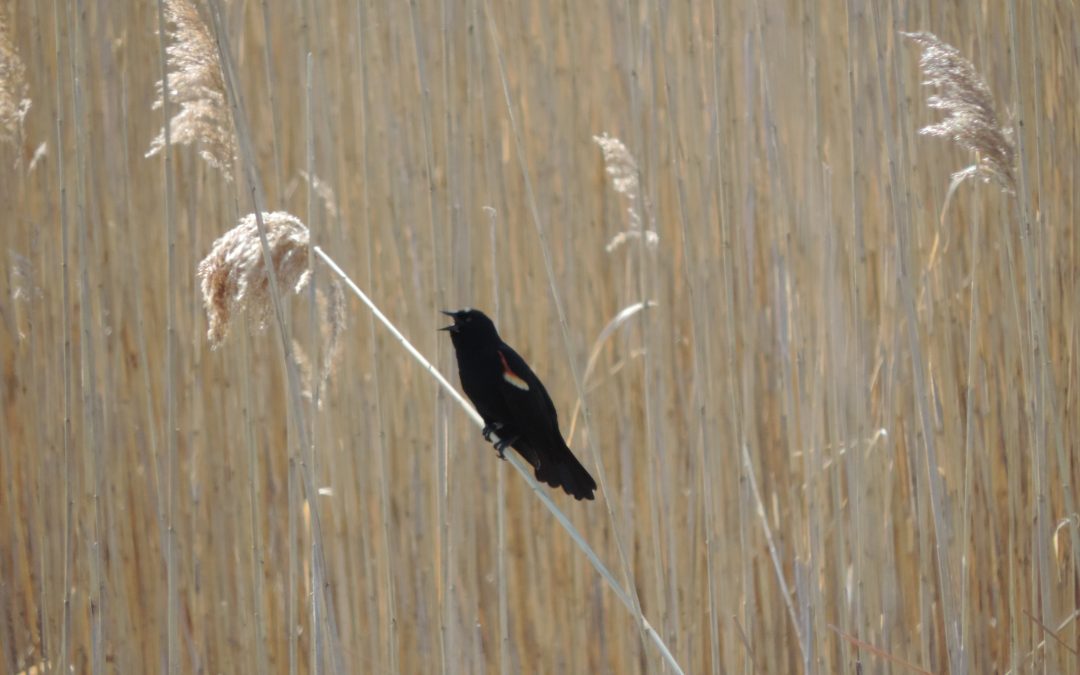
by boxcar-admin | Jun 13, 2016 | Blog, Current Research, News
June 13, 2016 Courtney Robichaud and Dr. Rebecca Rooney (University of Waterloo, Ontario) Summary A 2002 study found that the number and diversity of birds was higher in wetlands invaded by Phragmites. We repeated this study 12 years later at the same location where... Continue Reading
Filed under: Birds Research wetlands
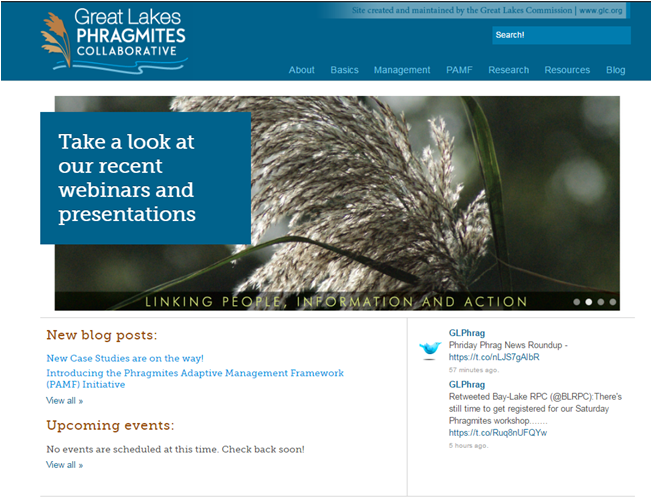
by boxcar-admin | May 20, 2016 | Blog
May 20, 2016 Heather Braun, Katherine Hollins (Great Lakes Commission) A new paper was recently published showcasing the use of the collective impact framework to guide the Great Lakes Phragmites Collaborative (GLPC). The GLPC, established in 2012, is a regional-scale... Continue Reading
Filed under: collaborative Collective Impact GLRI partnerships Research
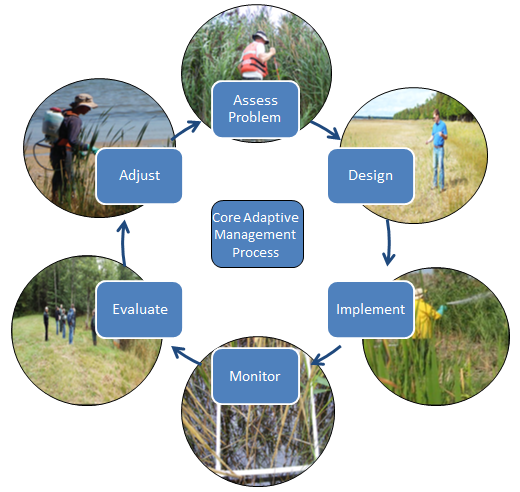
by boxcar-admin | Feb 24, 2016 | Blog
February 24, 2016 Abram DaSilva and Kurt Kowalski (USGS), Danielle Haak and Clint Moore (University of Georgia) Adaptive management is a type of structured decision-making that confronts and potentially reduces management uncertainty of a particular problem (Figure... Continue Reading
Filed under: adaptive management management monitoring Research
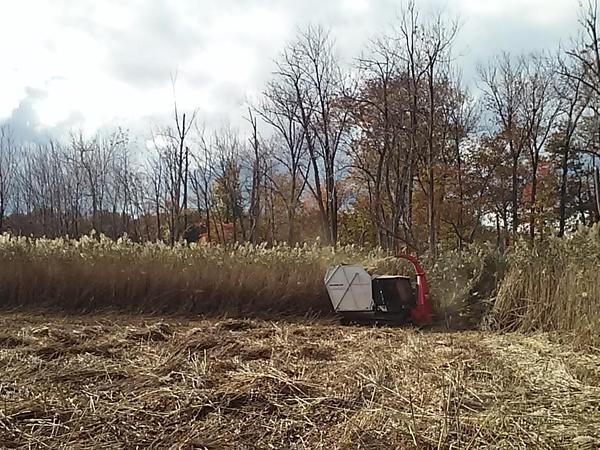
by boxcar-admin | Nov 19, 2015 | Blog
November 19, 2015 Shane Lishawa, Loyola University Chicago; Dennis Albert, Oregon State University; Beth Lawrence, University of Connecticut; Linda Sekura, Cleveland Museum of Natural History contractor Our collaborative team of researchers and restoration... Continue Reading
Filed under: biosolids Disposal Michigan Ohio Research wetlands
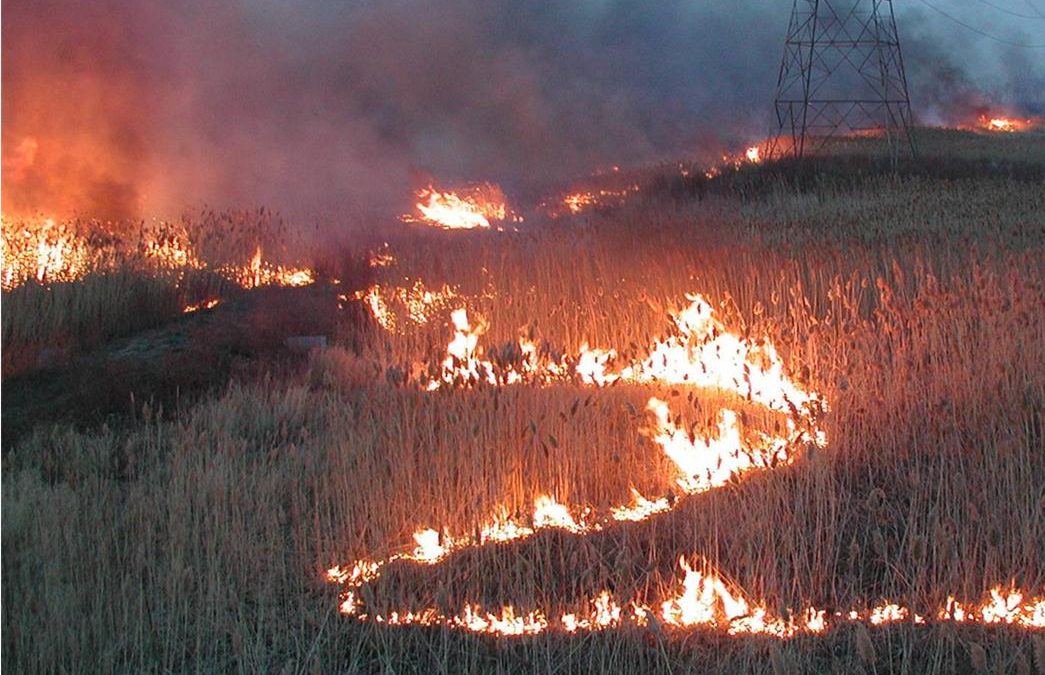
by boxcar-admin | Sep 16, 2015 | Blog
September 16, 2015Kimberly Bourke, U.S. Geological Survey, ContractorNon-native Phragmites australis dominates inland and coastal wetlands as well as other wet areas, such as roadside ditches, throughout the Great Lakes region. Management of non-native Phragmites... Continue Reading
Filed under: biosolids Disposal herbicide management prescribed fire Research U.S. Geological Survey
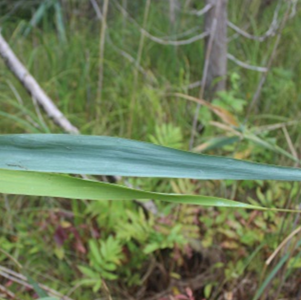
by boxcar-admin | Jul 13, 2015 | Blog
July 13, 2015 Kimberly Bourke, U.S. Geological Survey, Contractor Wesley Bickford, U.S. Geological Survey, Pathways Trainee, PhD student at University of Michigan Although non-native Phragmites australis reigns supreme in terms of publicity, it is important... Continue Reading
Filed under: management monitoring native phragmites Research U.S. Geological Survey

by boxcar-admin | Mar 27, 2015 | Blog
James F. White, Dept. of Plant Biology and Pathology, Rutgers University, New Brunswick, NJ, USA. Mónica S. Torres, Dept. of Plant Biology and Pathology, Rutgers University, New Brunswick, NJ, USA. Marcos Antônio Soares, Dept. of Botany and Ecology, Universidade... Continue Reading
Filed under: Research
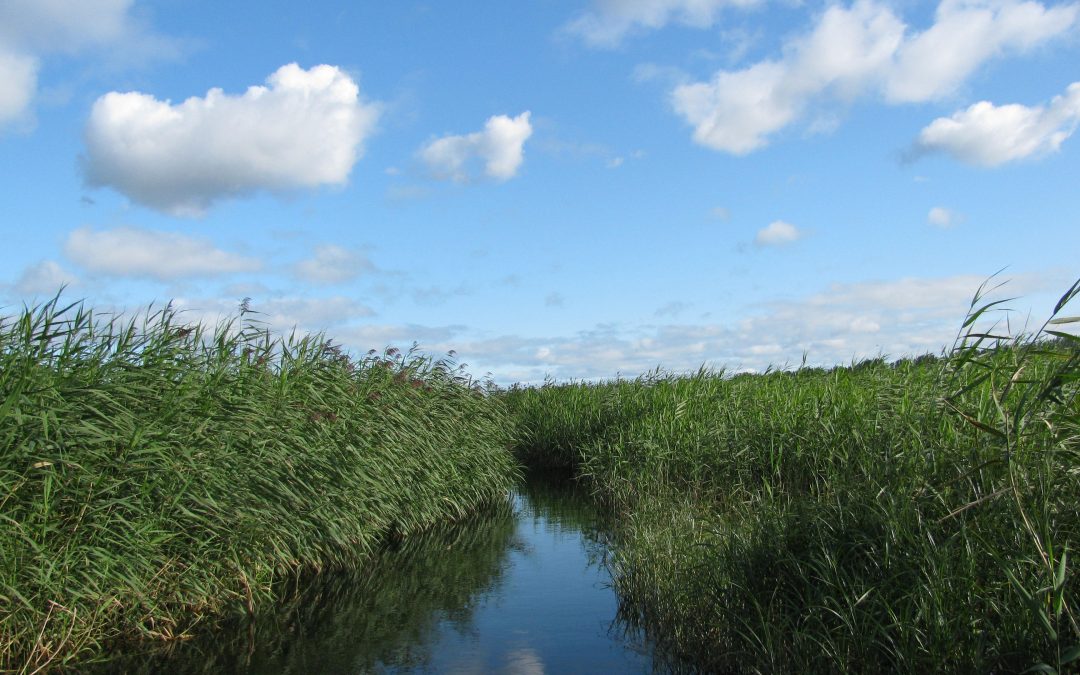
by boxcar-admin | Jan 20, 2015 | Blog
Claude Lavoie, PHRAGMITES Research Group, Université Laval, Québec, CanadaJanuary 2015Climate warming will likely affect flooding regimes, which have a large influence on the functioning of riparian wetlands. Low water levels predicted for the St. Lawrence River... Continue Reading
Filed under: climate change management Research
